In this article, I will discuss the Best Crypto Farming Strategies. Through crypto farming, individuals can earn passive income with a myriad of different approaches using various DeFi protocols and tokens.
- Key Point & Best Crypto Farming Strategies List
- 1. Stablecoin-Only Farming
- Pros & Cons Stablecoin-Only Farming
- 2. Single-Token Staking
- Pros & Cons Single-Token Staking
- 3. Layer 2 Farming
- Pros & Cons Layer 2 Farming
- 4. Aggregator Vault Farming
- Pros & Cons Aggregator Vault Farming
- 5.Cross-Chain Farming
- Pros & Cons Cross-Chain Farming
- 6. Governance Token Farming
- Pros & Cons Governance-based Token Farming
- 7. NFT-Integrated Farming
- Pros & Cons of Farming Integrated with NFTs
- 8. Real Yield Farming
- Pros & Cons Farming with Real Yield
- 9. Volatile Pair Farming
- Pros & Cons Volatile Pair Farming
- 10.DeFi Options Farming
- Pros & Cons of DeFi Options Farming
- Conclusion
- FAQ
Understanding various farming techniques, such as stablecoin farming, single-token staking, and cross-chain farming, can help optimize yield in the volatile cryptocurrency world while managing risk effectively.
Key Point & Best Crypto Farming Strategies List
| Farming Type | Key Point |
|---|---|
| Stablecoin-Only Farming | Focuses on low-risk yield by staking stablecoins, minimizing price volatility exposure. |
| Single-Token Staking | Users stake one type of token to earn rewards, simple and low complexity for beginners. |
| Layer 2 Farming | Farming on Layer 2 solutions to reduce fees and increase transaction speed. |
| Aggregator Vault Farming | Combines multiple strategies/vaults to optimize yield automatically for better returns. |
| Cross-Chain Farming | Enables yield farming across different blockchain networks, enhancing liquidity options. |
| Governance Token Farming | Farming that rewards governance tokens, allowing users voting power in protocol decisions. |
| NFT-Integrated Farming | Combines NFTs with farming, offering exclusive benefits or boosts linked to NFT ownership. |
| Real Yield Farming | Farming protocols that generate yield from actual revenue or fees, not just token inflation. |
| Volatile Pair Farming | Involves farming with volatile token pairs, offering higher risk and potentially higher rewards. |
| DeFi Options Farming | Farming strategies that incorporate DeFi options for hedging or enhanced yield strategies. |
1. Stablecoin-Only Farming
Stablecoin-Only Farming could be the most effective strategy in crypto farming because it prioritizes safety. This strategy stands out because investors are not exposed to the sharp drops in other crypto assets, which makes it more accessible to beginners.
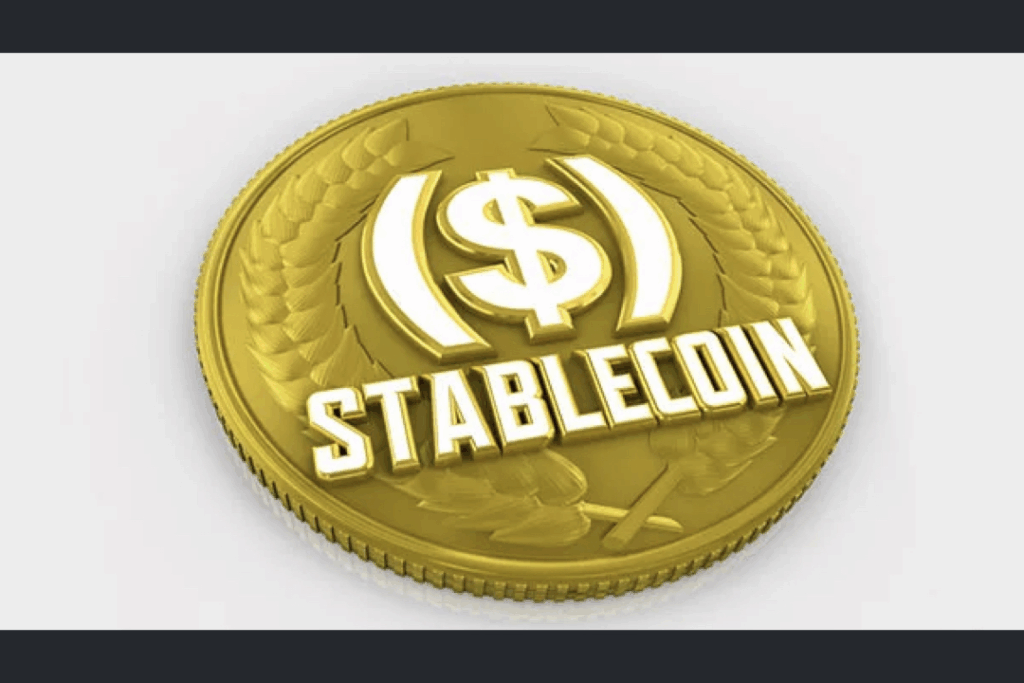
This method guarantees very stable and reliable returns, which is perfect for conservative farmers who do not want to worry about the crypto market’s always-changing prices. This farming strategy appeals to all crypto users—sophisticated investors and newcomers alike—because its key selling points are ease of use and stable profits.
Pros & Cons Stablecoin-Only Farming
Pros:
- Low volatility risk: Exposure to stablecoin price fluctuations is mitigated, as they are pegged to a fiat currency.
- Consistent yields: Compared to volatile tokens, stablecoins often provide more stable and reliable returns.
- Easy to enter/exit: Available and highly liquid on a wide range of trading platforms.
Cons:
- Lower profit potential: Compared to volatile tokens, farming stablecoins yields lower returns.
- Inflation risk: Stablecoins are vulnerable to losing value over time due to inflation.
- Smart contract risk: The asset’s stability does not eliminate the dangers posed by the DeFi platform.
2. Single-Token Staking
Single-token staking is one of the easiest and most effective strategies for crypto farming. It permits the farming of a single token, and agriculture does not require the upkeep of a complicated liquidity pool with many assets. The farming process is simplified, which is quite helpful for beginners.

The unique benefit is that users can earn rewards for the simple act of holding and locking their tokens. This process simplifies the generation of passive income which would otherwise be complicated by trading or impermanent loss.
Pros & Cons Single-Token Staking
Pros:
- Simplicity: Staking a single token is simple and easy to manage.
- Less impermanent loss: Staking a single token eliminates the risk of losing value due to price changes.
- Often supports network security: The blockchain protocol might be secured through staked tokens.
Cons:
- Limited diversification: Exposure to the price fluctuations of a single token poses a significant risk.
- Potentially lower yields: Compared to multi-token or LP farming, returns might be lower.
- Lock-up periods: Staked tokens might be locked, thus reducing liquidity.
3. Layer 2 Farming
Layer 2 Farming is perhaps one of the most efficient strategies for crypto farming. Operating on Layer 2 networks greatly enhances speed and reduces transaction fees. This method is beneficial during periods of congestion on Layer 1 blockchains.

Layer 2 Farming’s primary advantage is that it leverages the security of the main chain while using the Layer 2 for farming, thus providing gas cost and delay benefits. This is very helpful for users who need speed and lower costs while transacting.
Pros & Cons Layer 2 Farming
Pros:
- Reduced costs: Uses Layer 2 solutions with cheaper gas fees.
- Speedier confirmation: Quicker confirmations than Layer 1 chains.
- Access to new projects: Appearing first on Layer 2 chains.
Cons:
- Emerging ecosystem: Higher risk with smaller projects.
- Bridging risks: Transferring between Layer 1 and Layer 2 is prone to risk.
- Liquidity fragmentation: Lower liquidity than mainnets.
4. Aggregator Vault Farming
Aggregator Vault Farming is one of the most effective crypto farming strategies, as it streamlines yield optimization by automatically managing and reallocating farming assets. Its unique strength focuses on reducing the manual effort and risk of reallocation control.

Pooled resources in vaults diversifies user exposure and captures the highest possible yields without the need for constant user input. Farmers looking to earn passively and effortlessly with automated strategies tailored to their spending in the complicated world of DeFi will find this ideal.
Pros & Cons Aggregator Vault Farming
Pros:
- Auto-optimization: Vaults compound and run farming strategies automatically.
- Saves time: No reinvestment effort needed from the user.
- Risk management: Vault strategy diversifies risks across multiple strategies.
Cons:
- Performance fees: Reduced net yield from management or performance fees.
- Security risks: Greater contract complexity adds to security risks.
- Less autonomy: Vault managers or protocols optimize returns for users.
5.Cross-Chain Farming
Cross-Chain Farming stands out as a preferred strategy in crypto farming because it allows users to earn yields from multiple blockchain networks in a single farming endeavor. Its distinct benefit is accessing numerous liquidity pools across different chains which aids in maximizing earning potential, all while diversifying risks.
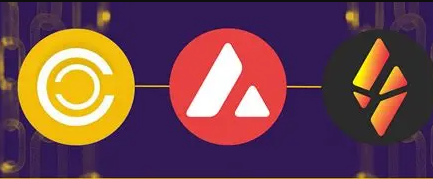
It enhances flexibility and market exposure by eliminating the restrictions of isolated blockchains. Thus, Cross-Chain Farming is ideal for users seeking to maximize rewards through interactions with multiple ecosystems and advanced DeFi protocols.
Pros & Cons Cross-Chain Farming
Pros:
- Access to diverse assets: Farming of tokens on several blockchains.
- Enhanced yield opportunities: Gaining from incentive across chains.
- Reduced risks: Risk associated with a single blockchain eco system reduced.
Cons:
- Bridge risks: Cross-chain bridges prone to hacks or failures.
- Difficulty: Involves the handling of assets and wallets across several different blockchains; therefore it is more complicated.
- Heightened costs: Bridging costs and several other transactions can lead to increased costs.
6. Governance Token Farming
Governance Token Farming is among the most effective strategies in crypto farming, as it provides financial incentives while also granting power to influence the governance of the protocol.
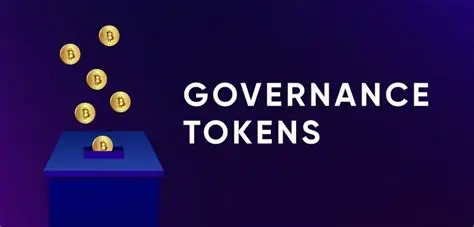
Its distinctive value is in farming tokens that grant voting power to governance, enabling farmers to make decisions on protocol updates and fund distribution. This ability to wield power while earning passively is appealing to many users, especially those seeking income alongside governance influence.
Pros & Cons Governance-based Token Farming
Pros:
- Voting power: Acquire some influence for the project and its associated developments.
- Possible value increase: As the project develops, value appreciation of governance tokens is possible.
- Farming Incentives: Some farms may offer special governance participation rewards.
Cons:
- Volatility of Prices: Speculation may be the cause of governance tokens price volatility.
- The danger of Centralization: Some governance tokens centralize power to a small number of holders.
- Excessive regulatory oversight: Governance tokens may increase the legal attention for its other roles.
7. NFT-Integrated Farming
NFT-Integrated Farming is a new strategic farming practice that combines traditional yield farming with innovative NFT benefits. It enables NFTs to be utilized as rewards, offering new forms of value and engagement.
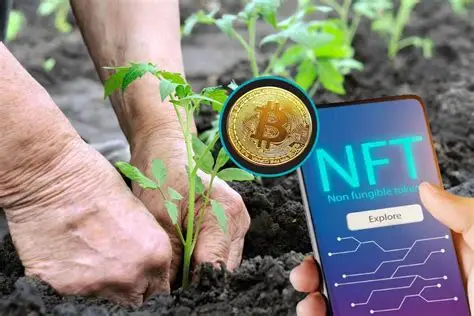
These NFTs essentially create new possibilities for personalized farming and incentivizing collection, thereby making the farming processes more interactive and immersive. Users looking for innovation with a higher potential for earning will find NFT-Integrated Farming is a unique interface that seamlessly combines DeFi and digital collectibles, making it an exemplary leading strategy.
Pros & Cons of Farming Integrated with NFTs
Pros:
- Novel Rewards: Yield farming is enhanced through NFTs to make it more rewarding and collectible.
- Farming: Enhances the farming experience with interactive features.
- Exclusive rewards: Holders of the NFTs may access farming pools or other benefits exclusively.
Cons:
- Lack of liquidity: In comparison to tokens, selling NFTs is more difficult.
- Volatility and subjectivity: NFT pricing is affected by a lack of liquidity and subjective valuation.
- Difficulty for the user: Users must combine NFT and DeFi knowledge to interact with the system.
8. Real Yield Farming
One of the best strategies in crypto is farming through Real Yield Farming, as it earns returns only from the actual revenue or fees, not from token inflation. This allows you to earn from Real Yield Farming with a transparent and genuine protocol activity.
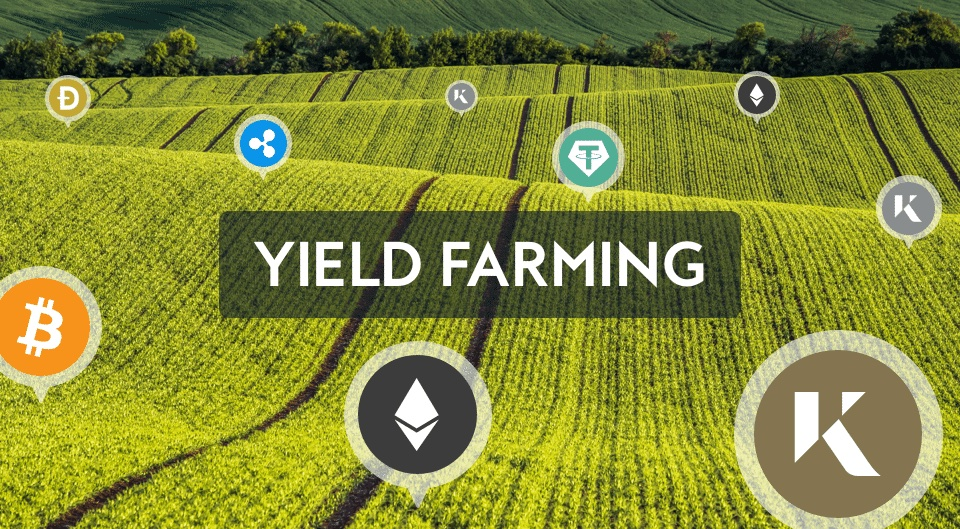
Its unique advantage is providing farmers with predictable long-term yields that are tied to actual economic value, reducing the risk of reward dilution. Investors aiming to optimize real yield farming in crypto will find this strategy more appealing as it strengthens the income and a healthier ecosystem Real Yield Farming offers.
Pros & Cons Farming with Real Yield
Pros:
- Consistent returns: Earnings arise only from tangible trading fees, not from inflationary trading yields.
- Enhanced Lack of Dilution: A lower long-term supply pressure is a result of not having a constant token inflation.
- Aligned incentives: Rewards earned match activity and value generated within the protocol.
Cons:
- Lower initial yields: Farms that yield real value often start off with lower returns.
- Dependent on platform success: Earned revenue and protocol activity are revenue dependent.
- Limited availability: Fewer projects provide real yield farming opportunities.
9. Volatile Pair Farming
For traders willing to take on greater risk, Volatile Pair Farming is one of the most effective crypto farming strategies. With this method, a farmer supplies liquidity to pairs of very volatile tokens, which may increase yield from trading and incentives.

Traders are highly compensated for taking on active risk, allowing them to capture extremely high profit opportunities during volatile periods. It may require a great deal of experience in actively managing impermanent loss, but this is the go-to style for aggressive crypto farmers looking to perform optimally in fast-changing markets.
Pros & Cons Volatile Pair Farming
Pros:
- High reward potential: More APR is usually offered for higher risk volatile pairs.
- Liquidity provider fees: Earn fees from the active trading of volatile pairs.
- Arbitrage opportunity: Significant price shifts can provide trading or farming opportunities.
Cons:
- Impermanent loss risk: Holding tokens and large price shifts can result in losses.
- High volatility: For investors, the can be unpredictable and stressful.
- Complexity: Requires in-depth study of the prevailing market trends.
10.DeFi Options Farming
The DeFi Options Farming strategy is one of the most effective ways to farm cryptocurrency, as it combines traditional yield farming with decentralized options trading to create new income-generating opportunities. What sets it apart is the ability of farmers to hedge risks or increase yield through strategically selling or buying options on assets.

This feature provides sophisticated ways to defend their investments while enhancing their returns, which makes it suitable for users who demand complex instruments to maximize profit in volatile conditions. DeFi Options Farming integrates farming with advanced risk management.
Pros & Cons of DeFi Options Farming
Pros:
- Hedging: Options strategies allow yield generation and yield risk management.
- Higher returns: Farming income can be increased through the sale of optional premiums.
- Innovative products: Expanding markets of DeFi derivatives.
Cons:
- Complexity: Requires understanding of the associated mechanics and dangers of options.
- Risk of losses: Significant financial loss can be caused from bad market movements.
- Lower liquidity: DeFi options are more illiquid than spot markets.
Conclusion
As noted before, no single crypto farming strategy is optimal for every investor. Each individual’s preference defines the balance between risk and reward and is best understood through established approaches, such as Stablecoin-Only Farming and Layer 2 Farming.
Investors with different risk appetites may choose through various approaches, such as actual yield and yield farming sustainability, participation in cross-chain farming, and governance farming. Successfully balancing a few selected farming approaches is ideal through wise choices and strategic diversification.
FAQ
What is the safest crypto farming strategy?
Stablecoin-Only Farming is generally the safest because it uses stablecoins, minimizing exposure to price volatility and offering steady returns.
How does Layer 2 Farming improve crypto farming?
Layer 2 Farming reduces transaction fees and speeds up processing by operating on scalable Layer 2 networks, making farming more cost-effective and efficient.
What makes Real Yield Farming different from other strategies?
Real Yield Farming generates returns from actual revenue or fees instead of token inflation, providing more sustainable and predictable income.








